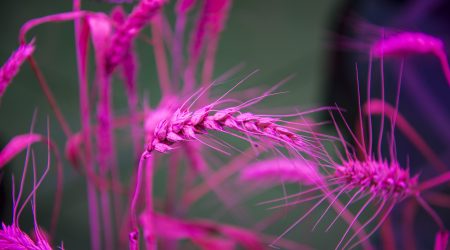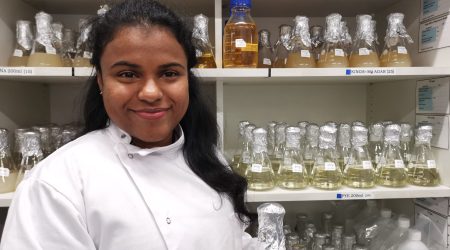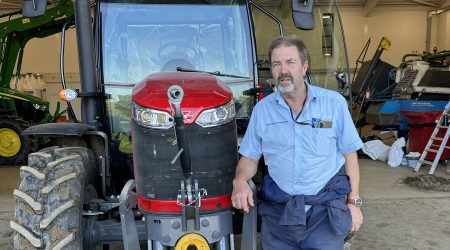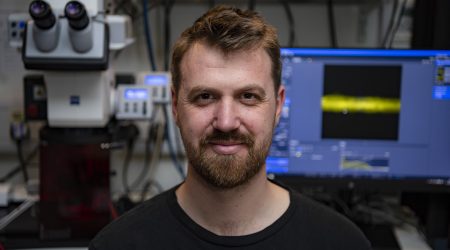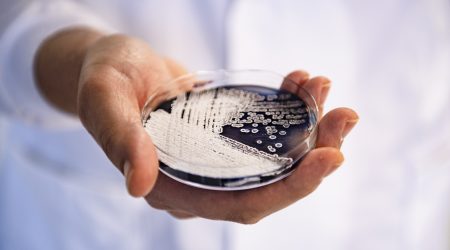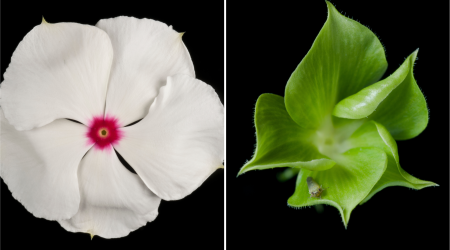Diverse minds for a diverse world: the case for Neurodiversity in science
At the John Innes Centre, diversity is at the heart of what we do. Just as we celebrate and leverage biodiversity in our research to solve global challenges in plant and microbial science, we recognise that Neurodiversity - differences in how people think, process, and interact with the world - is equally vital to our success.
Read the story
